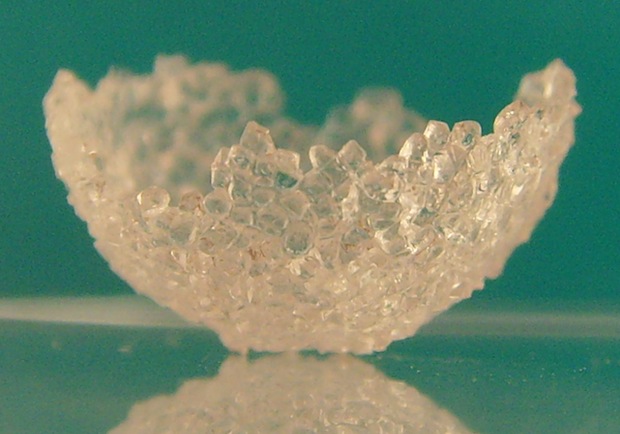When babies are deprived of oxygen before birth, brain damage and disorders such as cerebral palsy can occur. A common cause of this deficiency is knotting of the umbilical cord, and in developing nations, untrained delivery, anemia, and malnutrition during pregnancy can also contribute to oxygen deprivation. Extended cooling can prevent brain injuries, but this treatment is not always available in developing regions where advanced medical care is scare. Johns Hopkins University undergraduates have devised a low-tech $40 unit to provide protective cooling in the absence of equipment that can cost $12,000. The device, called the Cooling Cure, lowers a newborn's temperature by about 6 degrees F for three days - a treatment that has been shown to protect the child from brain damage if administered shortly after a loss of oxygen has occurred. The device, simply made of a clay pot, plastic-lined basket, sand, instant cold pack powder, and a temperature sensor, is powered by two AA batteries.
repost via: tech briefs tv

![Reblog this post [with Zemanta]](http://img.zemanta.com/reblog_e.png?x-id=3d9bd74d-a956-4415-bab9-75bb485dc63c)
![Reblog this post [with Zemanta]](http://img.zemanta.com/reblog_e.png?x-id=5c360e4b-afa1-4dbe-bd44-6acd6d60d7d9)
